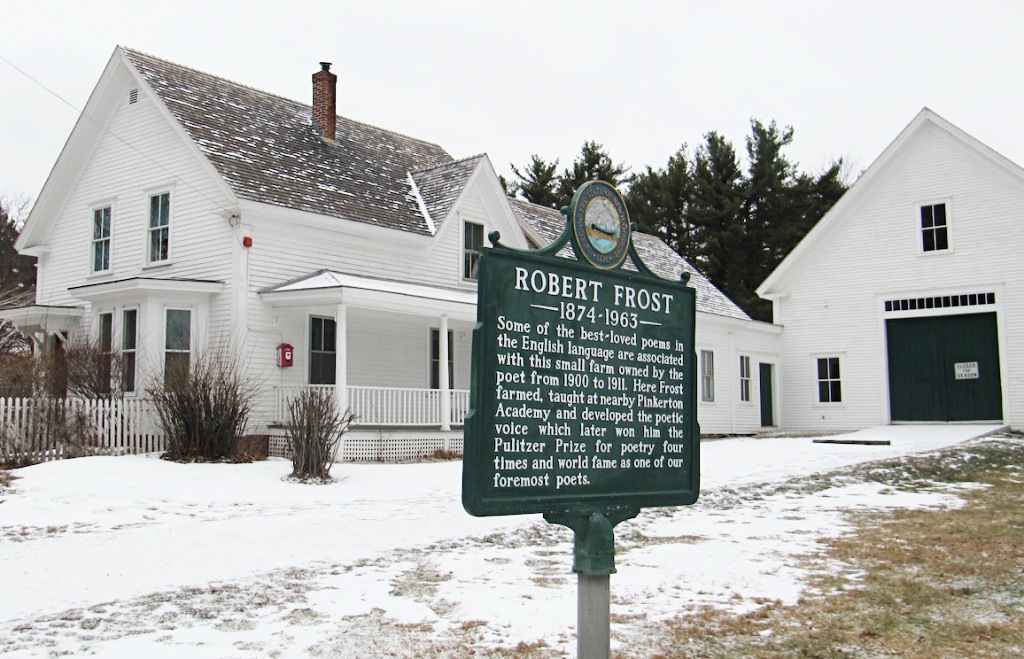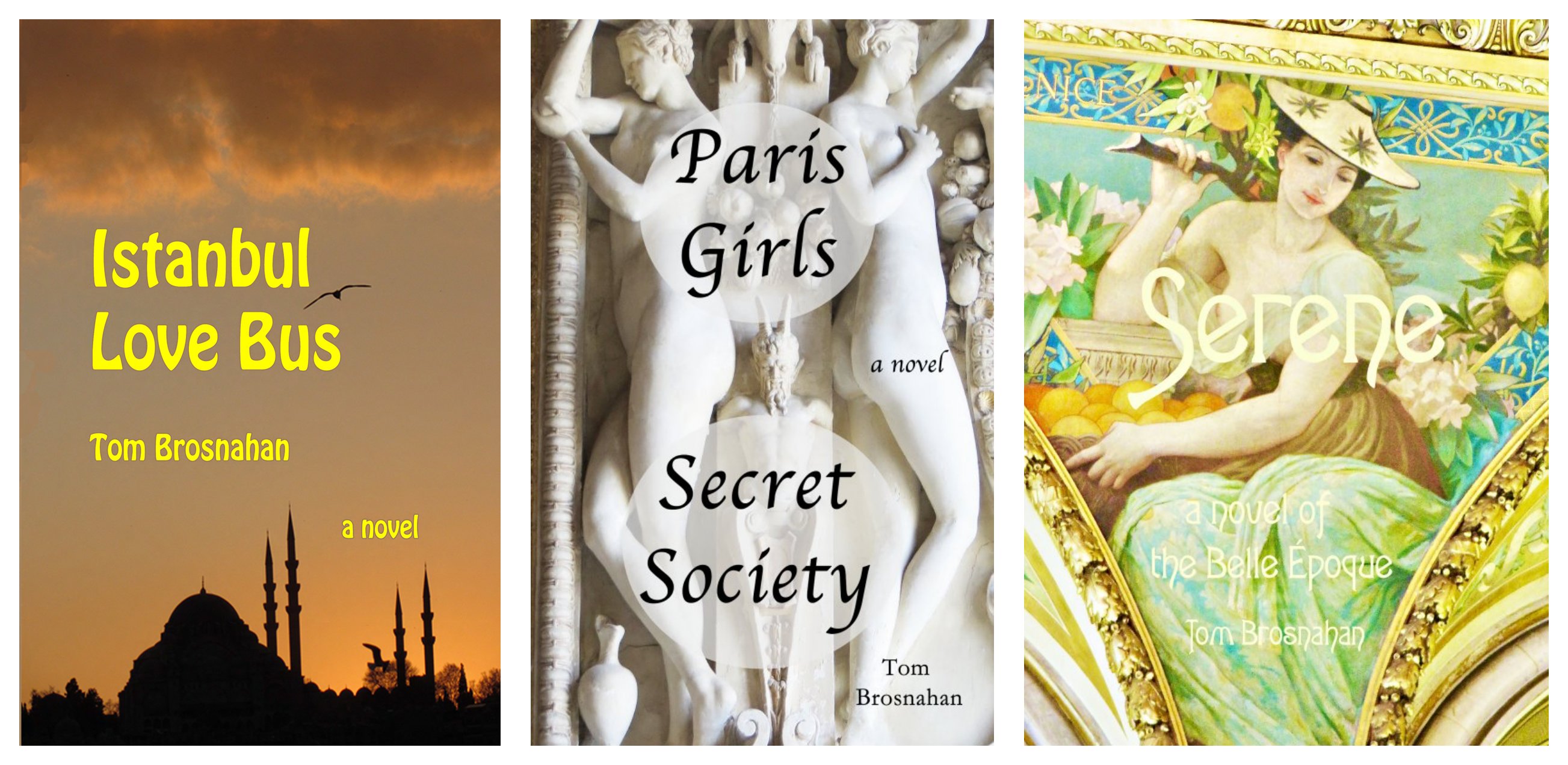Manchester NH Guide
During its boom years in the 1800s, Manchester NH was the textile capital of the world, producing more cotton cloth than anywhere else. Its art museum is excellent.
Manchester, New Hampshire's largest city (population 116,000), borders the Merrimack River (map) 53 miles (85 km) north of Boston.
Called Namoskeag ("good fishing place") by its original Penacook inhabitants, its cheap waterpower, creative industrialists and hard workers brought the city wealth in the textile boom of the mid- and late-19th century.
What to See & Do
The Amoskeag Mills, the Currier Museum of Art, and the Anheuser-Busch Merrimack Brewery are Manchester's main attractions.
Amoskeag Mills
You can't miss Manchester's famous, historic red-brick mill buildings (textile factories) along the Merrimack River.
Inspired by the industrial wealth of Manchester, England, its New Hampshire namesake was laid out to be even more efficient and productive by the Amoskeag Manufacturing Company. The canals in the city center are evidence of this, and the vast Amoskeag Mills still border the river, their grand brick façades stretching for almost a mile along its banks.
Huge brick mills brought the city wealth in the 19th century.
During their 19th-century heyday, Manchester's mills turned out more woven cloth than any other city in the world.
Manchester produced more cotton fabric than any other city.
Today Manchester's huge rambling brick mill buildings remain, but they're filled with offices, shops, classrooms and high-tech innovation incubators.
Millyard Museum
The Manchester Historic Association's Millyard Museum, in Amoskeag Mill No. 3 at the corner of Commercial and Pleasant streets (map), covers the entire history of Manchester from the first inhabitants 11,000 years ago to the present day. Exhibits on the Amoskeag Manufacturing Company, the largest textile producer in the world at its prime in the late 1800s, are especially elaborate and interesting.
The Merrimack River provided the water power for the mills.
Also note the workers' tenements uphill from the mills, still used for housing city dwellers.
Workers' tenements right next to the factory.
Currier Museum of Art
Manchester's cultural gem is the Currier Museum of Art, a fine small New England art museum northeast of the city center at 150 Ash St (map). It's a gem of a museum with an excellent collection of works by Old Masters, New England and New Hampshire artists. Its collections of 19th- and 20th century European and American glass, English and American silver and pewter, and colonial and Early American furniture are outstanding.
A Bit of History
Manchester's glory days were industrial, but the city's industry brought great wealth to its prominent citizens.
Mr Moody Currier (1806-1898), a graduate of Dartmouth College, was first a school principal, later a bank president and governor of New Hampshire, and always a scholar and poet. He and his wife Hannah willed their property (map) and estate to their city to establish an art museum.
The Currier Gallery of Art (as it was then called) opened in 1929. Throughout the years of the 20th century, the museum acquired ever more valuable works of art from New Hampshire, New England and around the world.
The Collections
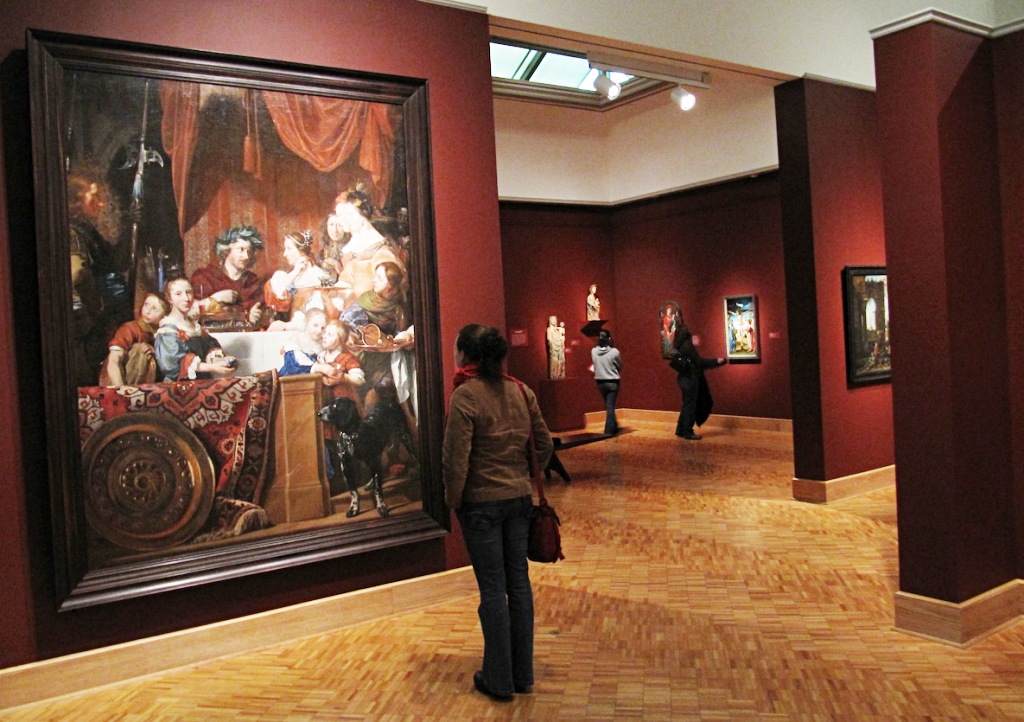
Exploring the European collection.
European & American Paintings
The Currier's collections feature European and American paintings, decorative arts, photographs and sculpture, including works by Picasso, Monet, O'Keeffe, Wyeth, and LeWitt with exhibitions, tours, and programs year-round.
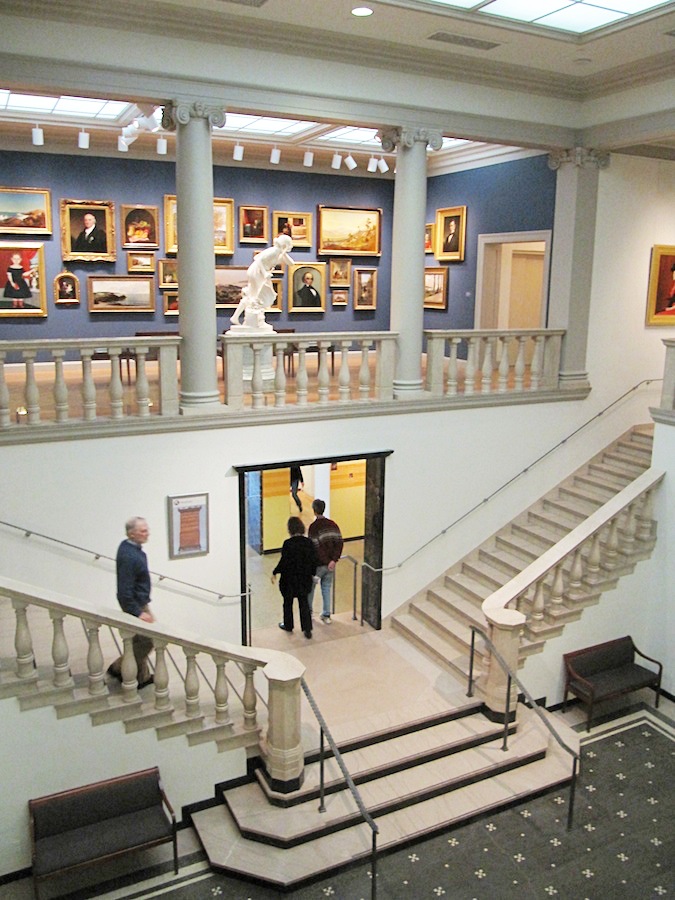
Glass Paperweights
The Henry Melville Fuller collection of glass paperweights is simply incredible: exquisite works of art in solid glass. They're superb examples of the master glassblower's art in the domed shape of paperweights.
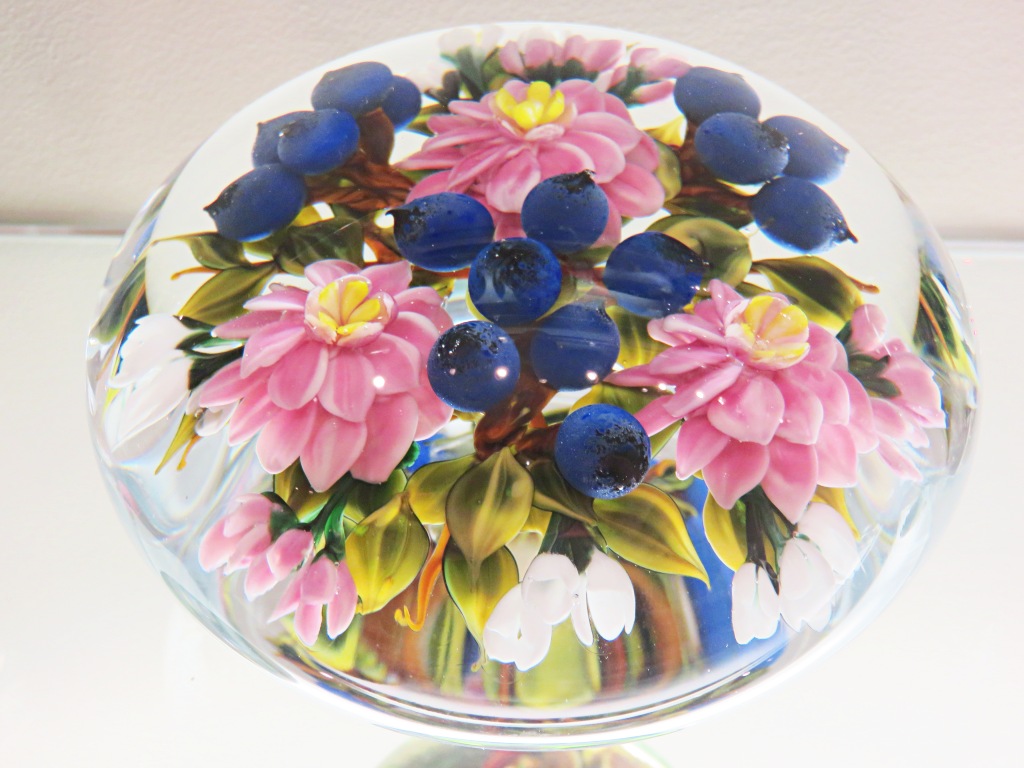
Glass paperweight: ever seen anything like it?
New Hampshire Arts & Crafts
Also, don't miss the collection of paintings, furniture and other arts by New Hampshire artists of the last three centuries.
Winter Garden Café
The Garden Court, once the front yard of the original museum building, is now an enclosed space with tables and chairs, and a café for light meals, desserts, snacks and drinks (including wine and beer).
Zimmerman House
In 1988, Isadore and Lucille Zimmerman bequeathed their house, which was a work of architect Frank Lloyd Wright, to the Currier. And in 2008, vastly expanded and modernized, the Currier Museum of Art reopened to the public.
Tours of the Frank Lloyd Wright-designed Zimmerman House are by reservation only. Contact the museum for details.
Anheuser-Busch Merrimack Brewery
There's a big Anheuser-Busch Merrimack Brewery at 221 Daniel Webster Highway (US Route 3 - map) run by the world's largest brewer of beer, and it runs tours through its Merrimack facility.
There's a good bit of walking to see the brewery proper and the Clydesdale Hamlet where they keep the magnificent brewery-wagon horses, but at the end, if you're at least 21 years of age, you can sample the company's wares in the Hospitality Room.
To find the brewery, go five miles (8 km) south from Manchester on Interstate 293 (Everett Turnpike) to Exit 11. The brewery is on US Route 3 in the town of Merrimack (map). More...
Robert Frost Farm
Poet Robert Frost (1874-1963) wanted to be a farmer. At that he had little success, but as a poet he defined an era in American life. He is still among America's most beloved poets.
The Robert Frost Farm, 122 Rockingham Road (NH Route 28) in Derry, southern New Hampshire (map), where the poet and his family lived from 1900 to 1911, figures frequently in his work. Many images in his poems were born of scenes and experiences at the farm.
Now preserved as a National Historic Landmark and as a New Hampshire state park, the Robert Frost Farm offers poetry readings, displays of Frost, his live and times, a walking trail, and other activities. The drive from Boston to the farm takes less than an hour.
To find the farm, follow I-93 to Exit 4. Follow NH Route 102 (Broadway) northeast through the town to the intersection with NH Route 28, Main Street, at a traffic circle. Go 1/4 of the way around the circle and turn right onto Route 28 (Main Street/Rockingham Road) south. Drive less than two miles south and you'll see the Robert Frost Farm on the left (east) side of the road.
The farm is open from May through mid-October for a small admission fee. Buildings are not open in the winter, but the parking area and walking trail may be used.
If you're interested in Robert Frost, his life and work, you may want to visit also The Frost Place, his farm in Franconia, New Hampshire, and his burial place in Old Bennington, Vermont.
Where to Stay
If you find it convenient to stay here, Manchester has numerous suitable hotels. Use this Hotel Map with Prices to find what you want.
Transportation
Car
Manchester NH is 51 miles (87 km) W of Portsmouth NH, 53 miles (85 km) NW of Boston MA, and 19 miles (31 km) S of Concord NH.
I-93, the main route between Boston and northern New Hampshire, passes east of the center of Manchester (map).
I-293 passes west of the center, and gives the best view of the striking line of great 19th-century brick mills (textile factories) stretching for more than a mile along the bank of the Merrimack River.
Bus
Concord Coach Lines buses serve cities and towns in New Hampshire, including Manchester, and have direct routes to Boston's South Station Transportation Center and Logan International Airport.
Manchester Transit Authority operates the city buses. More...
Local Bus
The Manchester Transit Authority operates buses within the city and commuter buses to Nashua and Concord NH. More...
Plane
Manchester-Boston Regional Airport
Served by a growing number of regional and national carriers, Manchester-Boston Regional Airport (MHT), 1 Airport Road in Manchester, 55 miles (89 km) north of Boston's Logan International Airport (BOS)(map), is the fastest-growing major airport in New England. It has has the advantages of modern facilities, less crowding, convenient and cheap parking, and many low fares.
It serves as a valuable "relief" airport for Boston's Logan International Airport, even though Manchester handles only a fraction of Logan's number of flights.
Many people from eastern Massachusetts now choose to fly from Manchester rather than fight the traffic and pay the higher parking rates at Logan.
Cape Air flies from Boston's Logan International Airport (BOS) and from Westchester County Airport (HPN) in White Plains NY, outside New York City, to Lebanon NH. More...
Ground Transportation
Driving to the airport can be tricky, with confusing signage. Plan your route carefully, and be alert for signs and surprising turns.
Manchester Transit Authority public buses connect the airport with the city of Manchester, where you can connect with intercity buses.
Flight Line, Inc. operates shuttle vans from several points in Massachusetts to Manchester airport.
Mermaid Transportation Co. operates shuttles between Manchester airport and Portland ME.
Other New England Airports
The other relief airport for Greater Boston is T F Green Airport (PVD) a few miles south of Providence RI in Warwick RI, reachable from Boston via MBTA Commuter Rail train or Peter Pan Bus and RIPTA buses.
Train
Amtrak trainservice in New Hampshire is limited to a few stops on two trains:
Amtrak Downeaster: the Downeaster between Boston and Brunswick ME stops at Dover, Durham/UNH and Exeter NH near the New Hampshire seacoast. More...
Amtrak Vermonter: the Vermonter between New York City and St Albans in Northern Vermont runs up the Connecticut River valley with stops at nine Vermont towns along the river, and also Claremont NH, south of Lebanon. More...
